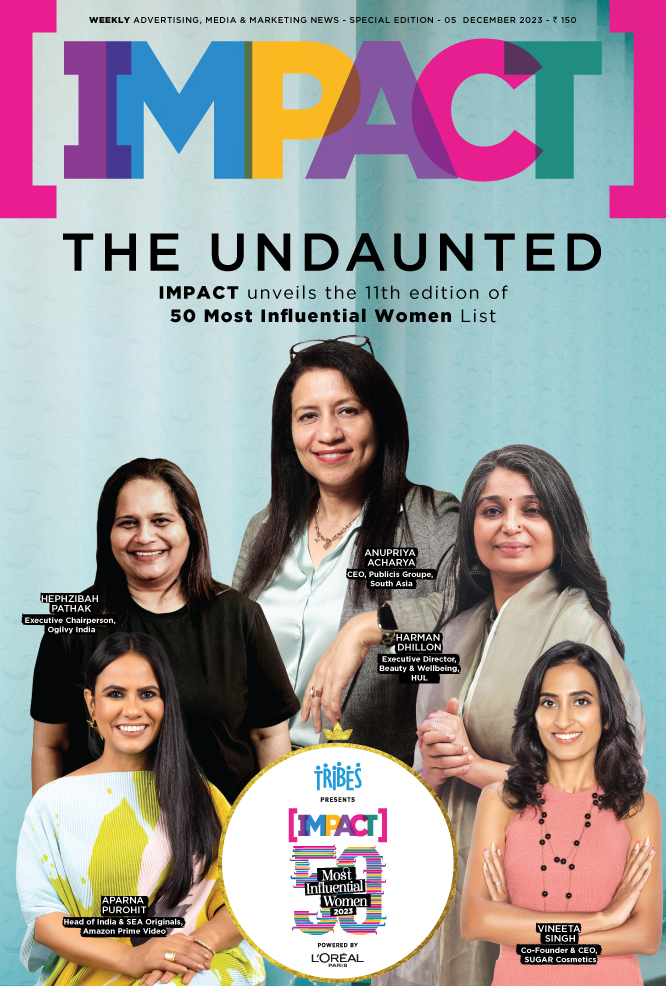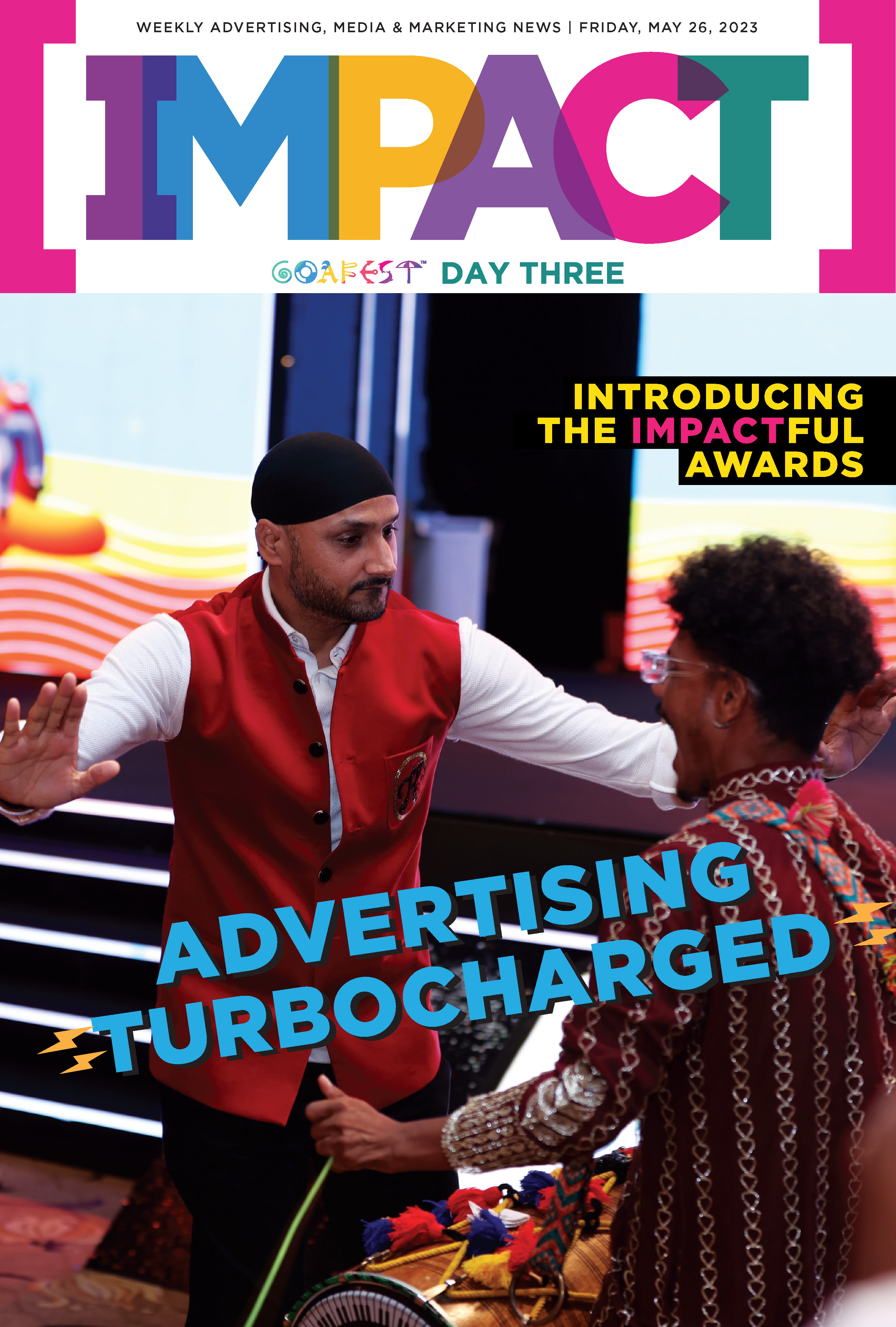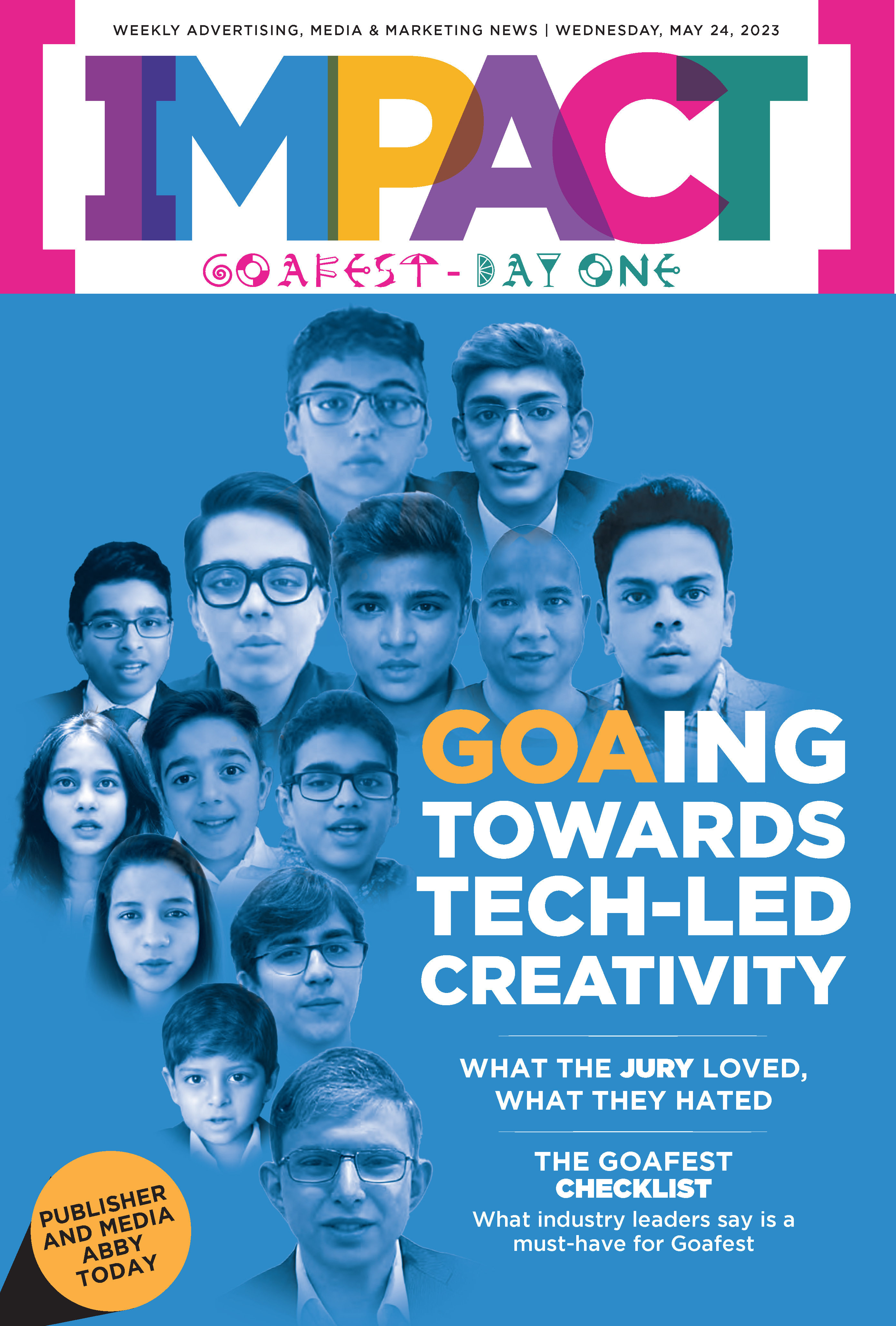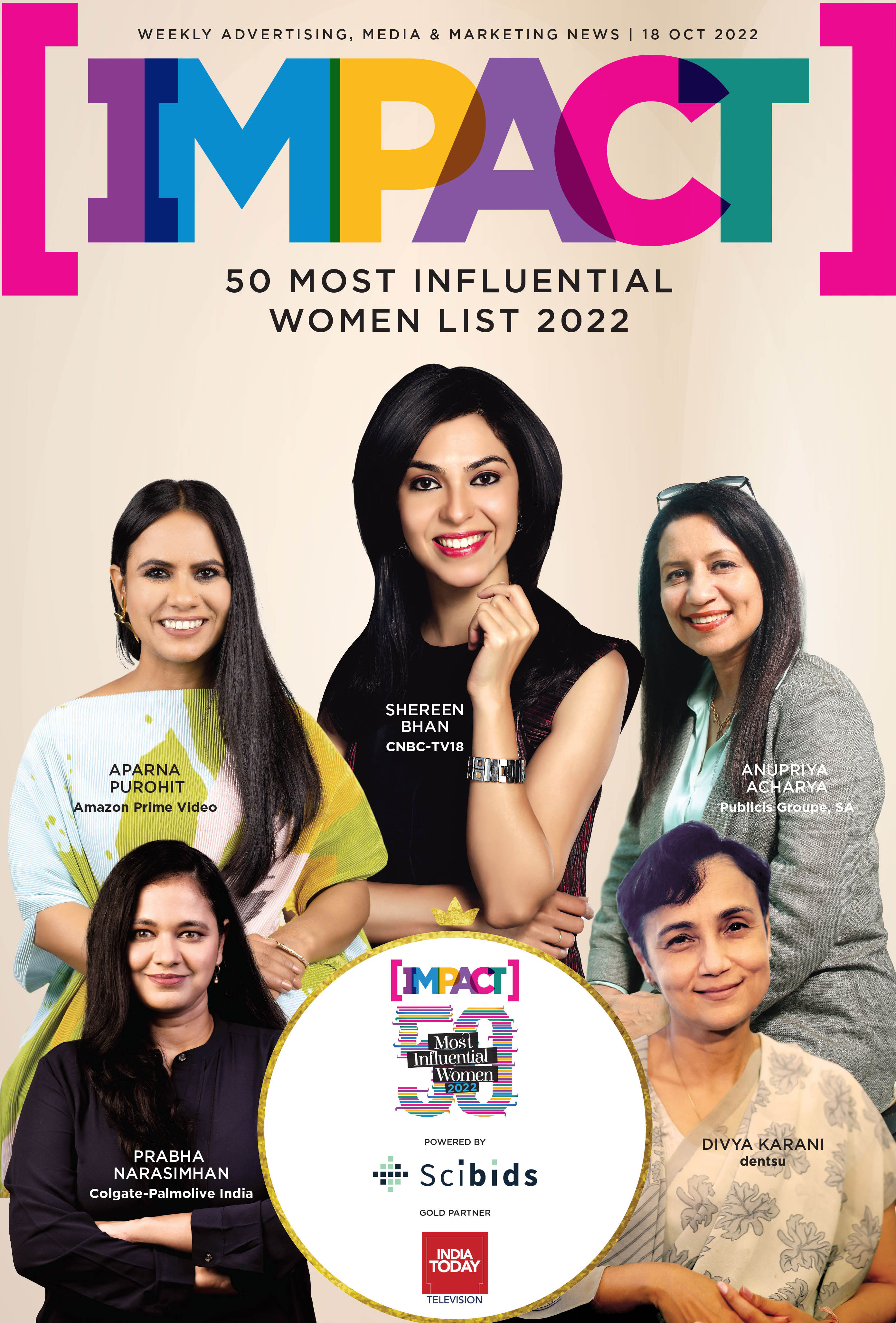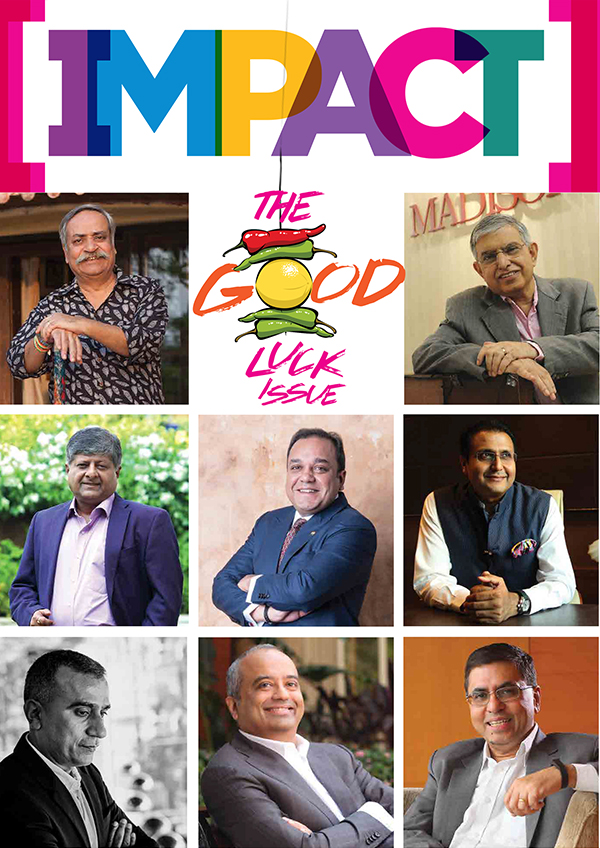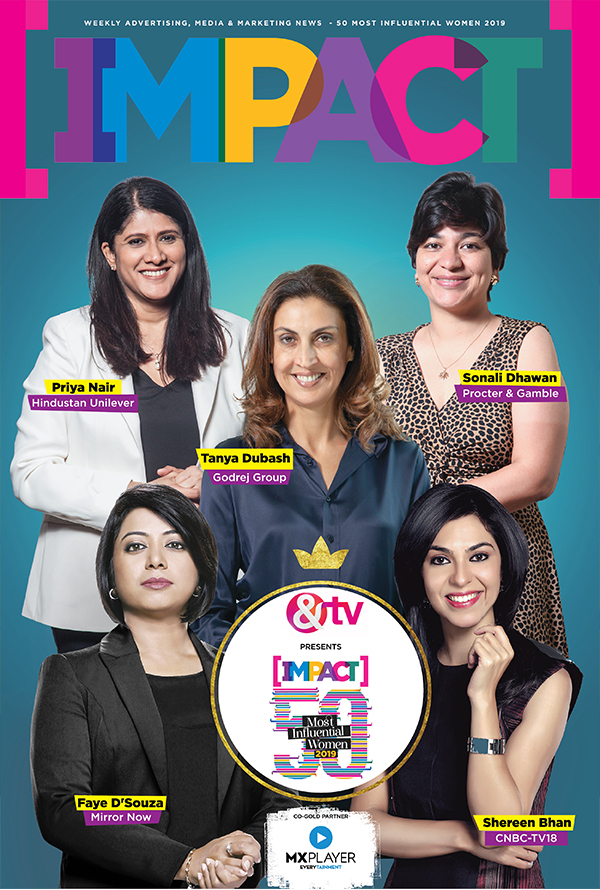Influencer marketing may be the currency of the digital age, but lately, even its biggest players are calling out the cracks in the system. There have been instances that invited the constant pressure to promote products they don’t actually use or have too many intermediaries due to which the collaboration itself feels less genuine. This raised the question on where does influence end and integrity begin? When the camera turns off, do creators owe their followers a slice of truth, or is marketing just another performance?
But this tension between authenticity and advertisement isn’t new. Long before the influencer era, brands and celebrities were already guilty of eyebrow-raising pairings that made audiences go, “Wait, what?”
Recently Sachin Tendulkar popped up on Reddit, a platform built on anonymous debate and memes? Or when Shaadi.com’s founder Anupam Mittal showed up in a Dell campaign that felt strangely corporate and disconnected from his entrepreneur persona.
Then there are the classics — Shah Rukh Khan promoting Fair & Handsome, a fairness cream that now feels tone-deaf in a world celebrating inclusivity. Amitabh Bachchan’s Pepsi endorsement also raised eyebrows as a senior and revered actor, his association with a soft drink brand known for its health concerns seemed oddly mismatched.
These examples make us wonder about the ethical dilemmas influencers navigate and how their choices shape audience perception.
Ramya Ramachandran, Founder and CEO, Whoppl, believes that it is really about alignment, not endorsement. She sayd that the best influencer partnerships today come from shared belief systems which is beyond just deliverables.
“If an influencer genuinely connects with a product’s story or purpose, the content automatically feels authentic. Brands need to shift the mindset from ‘what can they sell for us?' to 'what can they genuinely stand for with us?’ When that alignment happens, you don’t need to balance authenticity it becomes the base layer of the collaboration,” she mentions.
Prince Khanna, Founder and CEO, Eleve Media, shares that even seemingly 'absurd' collaborations can strike gold, provided they are rooted in authenticity and strategy.
“Let’s be real, absurd brand collaborations work when they’re done with intent. They break monotony, trigger curiosity, and make people talk. This is because you can’t fake lived experience for long,” he says.
Explaining Eleve Media’s approach, Khanna adds, “We always start by asking: Does this product genuinely fit the creator’s lifestyle or content universe? If it doesn’t, we use data to align the right creator.” He warns that a mismatch between influencer and brand may drive short-term buzz but ultimately erodes credibility.
To ensure authenticity in influencer marketing, brands and regulatory bodies have introduced clearer guidelines that require creators to promote only those products they genuinely use or understand. The Advertising Standards Council of India (ASCI), for instance, mandates influencers to disclose any material connection with brands and to make honest, informed claims about the products they endorse.
Many brands now conduct product orientation sessions, share detailed briefs, and even encourage trial periods before collaborations go live. Sahil Chopra, Founder & CEO, iCubesWire, says the regulations and brand practices “are getting stronger.” He adds that most agencies now have internal checks where influencers test or review the product before signing anything. Also, disclosure rules are standard now as “#ad and #sponsored aren’t optional anymore.”
Chopra notes that the shift isn’t just about compliance but also about self-awareness among influencers. “Influencers themselves are becoming more picky. They know their credibility is everything. Saying no is part of the job now, because audiences call out anything that looks forced or fake,” he says.
As audiences grow wary of overly polished endorsements, brands are rethinking how they collaborate with influencers to maintain credibility while still driving reach. Instead of dictating every frame of a campaign, brands are now giving creators room to interpret briefs in their own voice.
Abhishek Vyas, Founder and CEO, My Haul Store, notes this evolution clearly, “Many brands are allocating resources to creative freedom, allowing influencers to interpret the brief and deliver content that screams their voice out and shows genuineness.”
He adds that brands are “increasingly using analytics to identify the right influencer whose values and content align with their goals and reach their target audience.” According to Vyas, there’s also “a noticeable shift towards micro- and nano-influencers, as they are building authentic relationships with their audience, and they tend to get higher engagement.”
Durvesh Yadav, Marketer and Founder, Rising Star Communication, echoes the sentiment, saying, “The mindset has shifted from selling to storytelling. Today, people connect more with real and relatable faces than with celebrities.” He explains that even smaller creators can create a stronger impact because audiences see them as one of their own.
In an age where people no longer want polished ads, they want honesty. Brands are learning to embrace imperfection. Authenticity and relatability have become the new credibility.


















